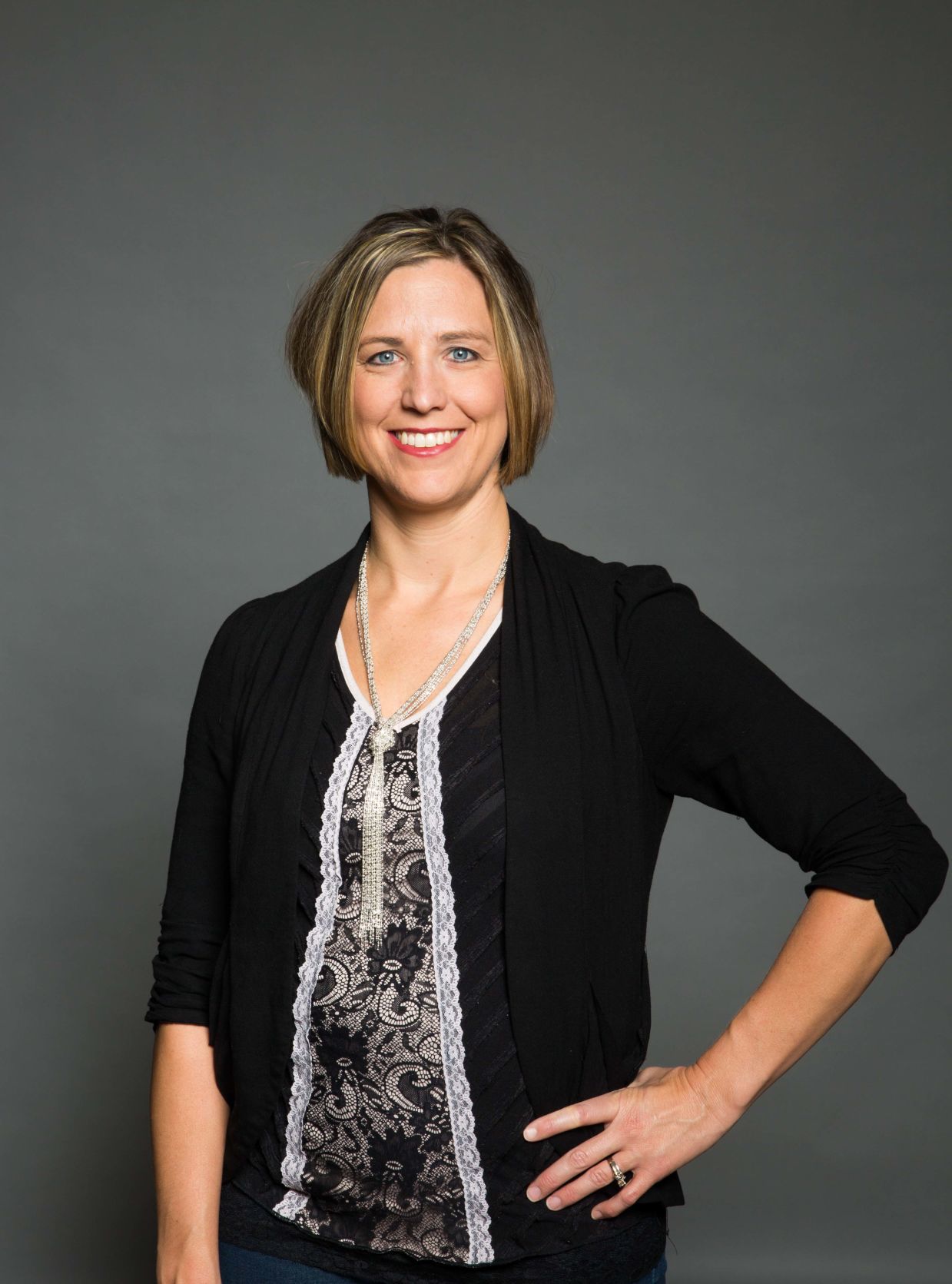You are told to embrace your postpartum figure. Your body has done a miraculous thing by growing a new life, and the process of giving birth is even more incredible.
This is all true, and I’ll be honest, in the immediate weeks following the birth of each of my four darling girls, I was not too concerned with the poochy belly that remained. I kindly told people my baby already was in the stroller when I was asked my due date.
As time passes, it is completely normal and acceptable for us to long to have our pre-pregnancy figure return. As a physical therapist specializing in birth healing, I want to share that there are solutions for the changes that we experience during and after pregnancy. These solutions extend beyond just healing your mommy tummy: Bladder urgency/leakage, painful intercourse, hemorrhoids, vaginal heaviness and pain anywhere in the body. The baby is beautiful, and your body is beautiful — and you should absolutely take steps in healing fully after the birth or your baby(s).
Research has suggested that approximately 60 percent of women have diastasis recti, or separation of the rectus abdominal muscle in bellies six weeks after birth. This condition can make flattening your belly after baby very difficult if you are not familiar with the term “inner core activation.”
When we think of our abdominals, it is the rectus abdominus and oblique muscles that generally come to mind. A deeper abdominal muscle called the transverse abdominus is the muscle that needs training after pregnancy to help heal abdominal separation. This muscle is best trained in conjunction with the pelvic floor muscles. Many women are told to “Kegel” after having a baby to help with bladder leakage, but it is not always that simple.
The pelvic floor goes through several layers of trauma during pregnancy and birth:
• During pregnancy, the weight of the baby puts strain on the pelvic floor.
• During labor, even if the birth ended in a cesarean, the pelvis can get stuck in an open position, lengthening the pelvic floor muscles and subsequently weakening them.
• During a vaginal birth, the bladder can be displaced causing poor activation of pelvic floor muscles.
• During vaginal birth, there can be tearing into the muscle bellies leaving immobile scar tissue and asymmetrical activation of the pelvic floor muscles.
• After birth, if the transverse abdominus is not activating properly, there can be downward pressure on the pelvic floor impacting its ability to work correctly.
The American College of Obstetricians and Gynecologists recommends increased care for women after pregnancy and this includes the recommendation for a visit with a women’s health physical therapist. Women’s health physical therapists are experts and most qualified on assessing the musculature of the pelvis, as well as tissue health in general within the pelvic cavity.
Leslie Kremer, DPT, has more than 15 years of practicing physical therapy. She received her Master of Science in physical therapy from Clarke University and her doctorate of physical therapy from Des Moines University. She is certified in Graston Technique and has experience with Kinesiotaping. She also has advanced training in women›s health, pregnancy and post partum care. At Statera Integrated Health and Wellness Solutions, she offers physical therapy for women with concerns regarding abdominal and pelvic health. She offers a 90-minute class, Healing Your Mommy Tummy, monthly. You can start working on your belly today by downloading Kramer’s gift to moms: “4 Steps to Healing Your Diastsis Recti” at conta.cc/2DXwWof.













